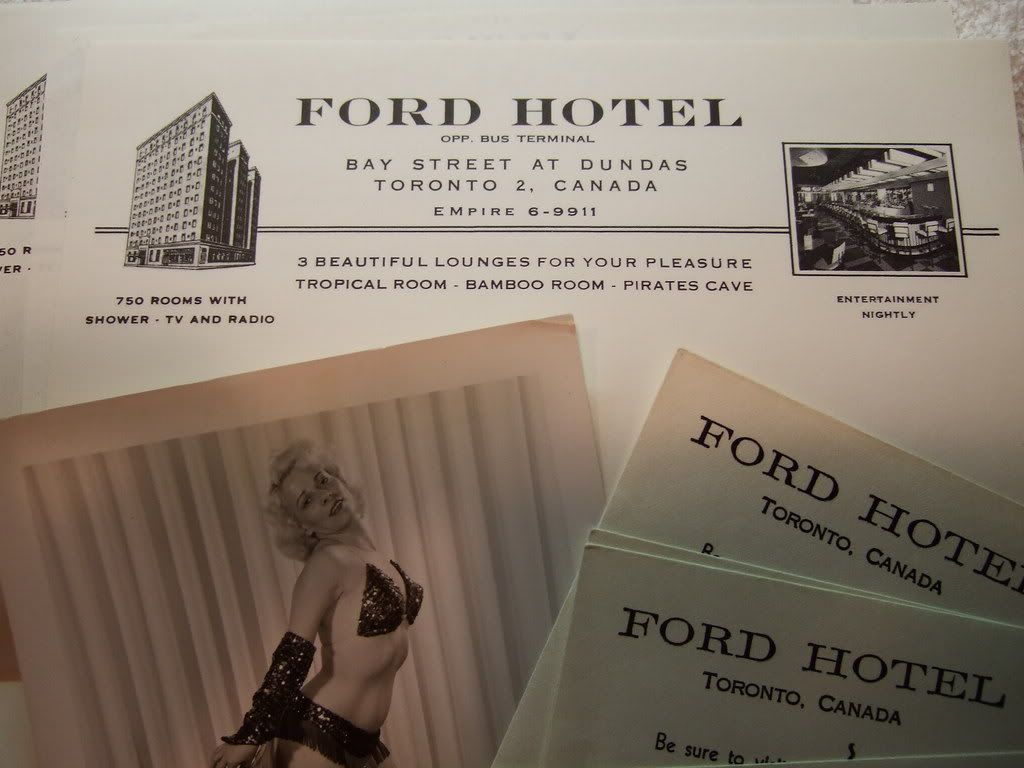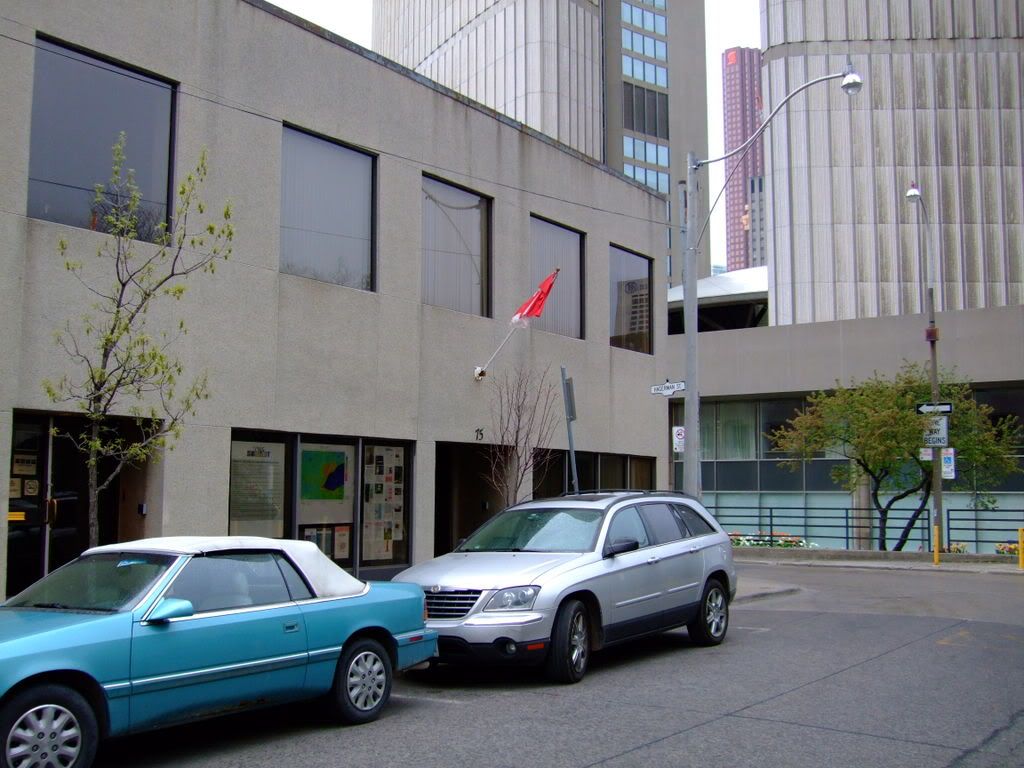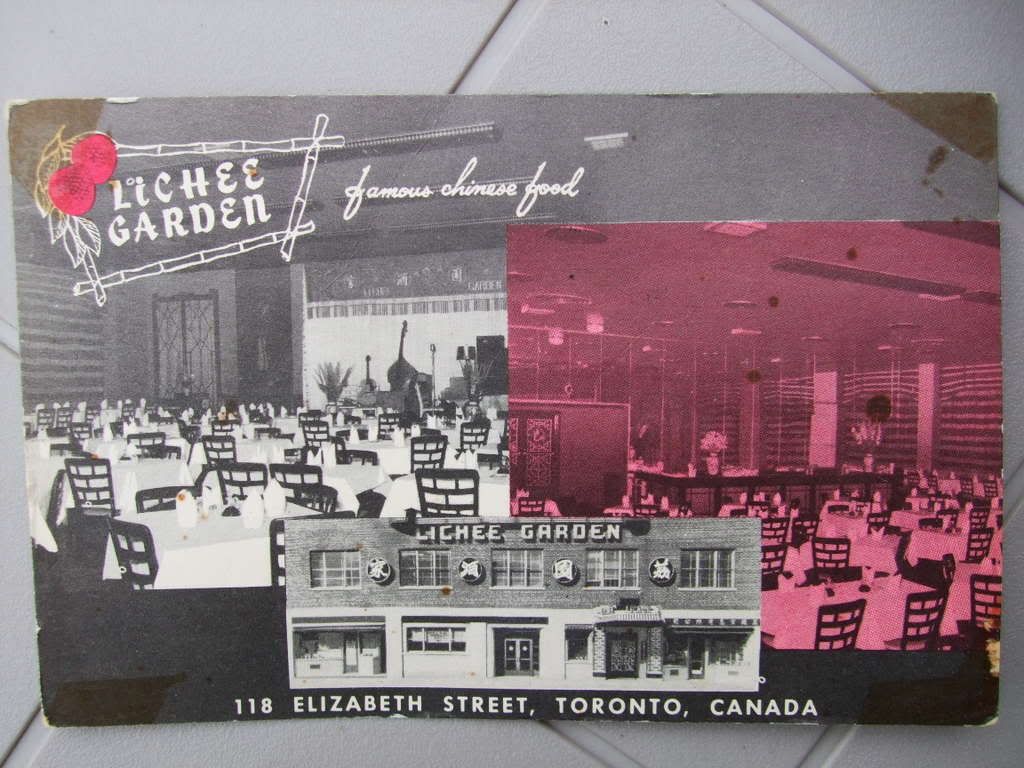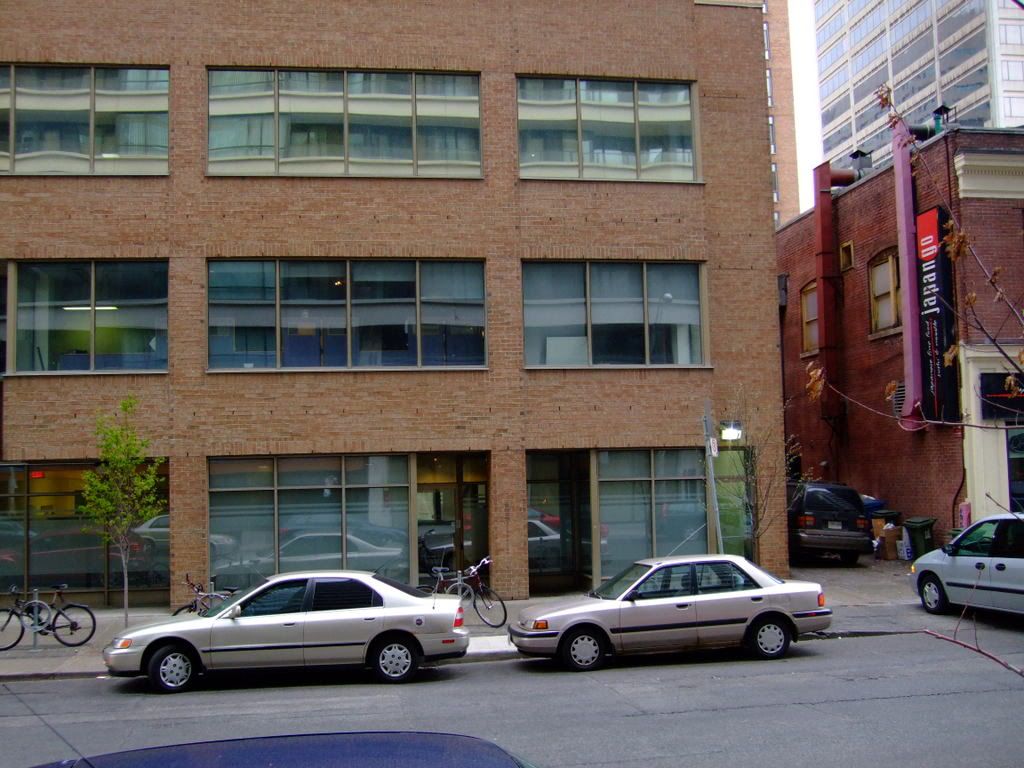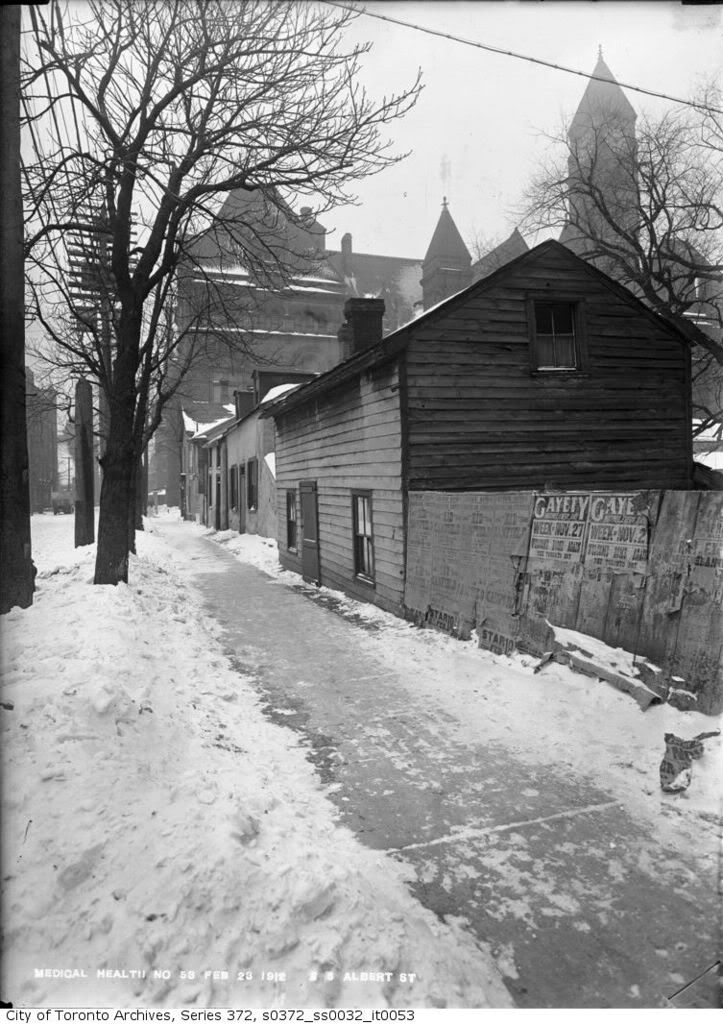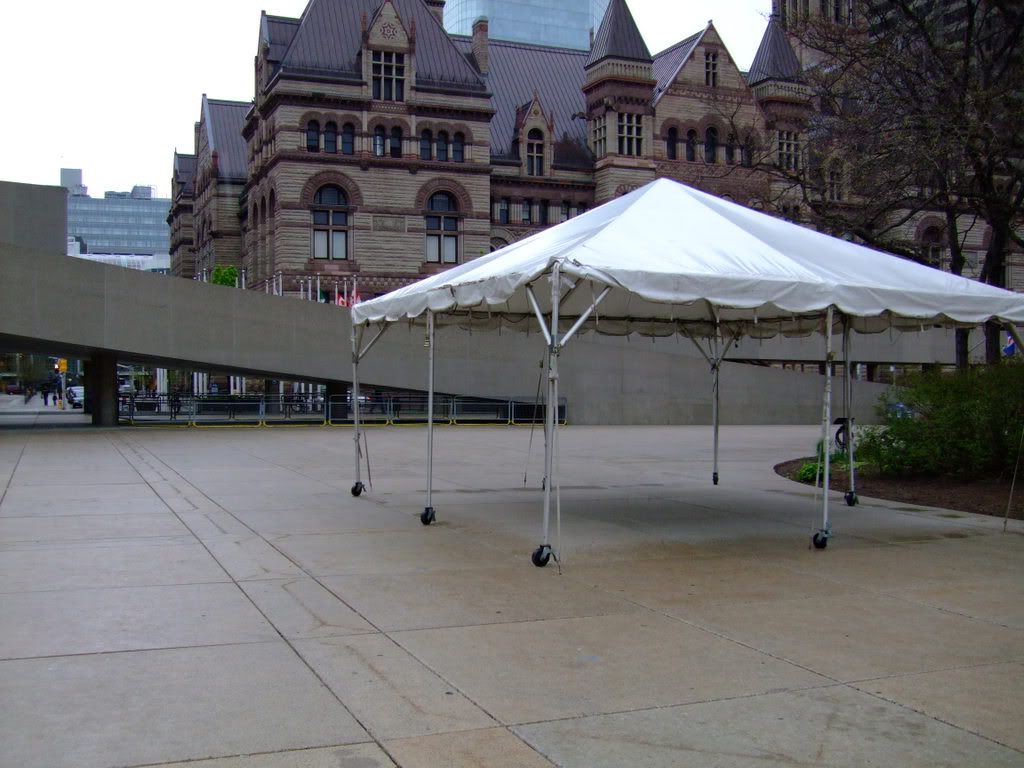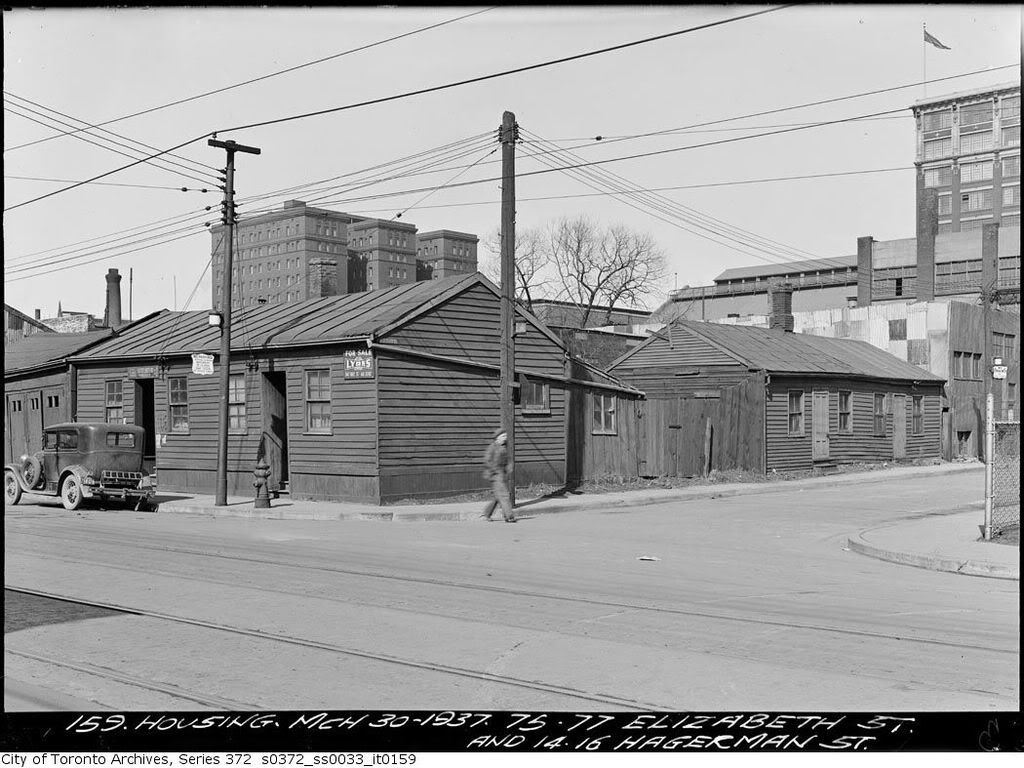adma
Superstar
Yeah, that last image says it all.
The Ford was practically a Monopoly-piece cartoon of a 20s travelling salesman's kind of hotel: tall, plain, rectilinear brick with double lightwells. *Of course* it was a dive; how could it not be.
Strangely uncharacteristic of Toronto, for that matter; like it hopped on a bus from some medium-sized city in upstate New York or Pennsylvania or wherever...
The Ford was practically a Monopoly-piece cartoon of a 20s travelling salesman's kind of hotel: tall, plain, rectilinear brick with double lightwells. *Of course* it was a dive; how could it not be.
Strangely uncharacteristic of Toronto, for that matter; like it hopped on a bus from some medium-sized city in upstate New York or Pennsylvania or wherever...





